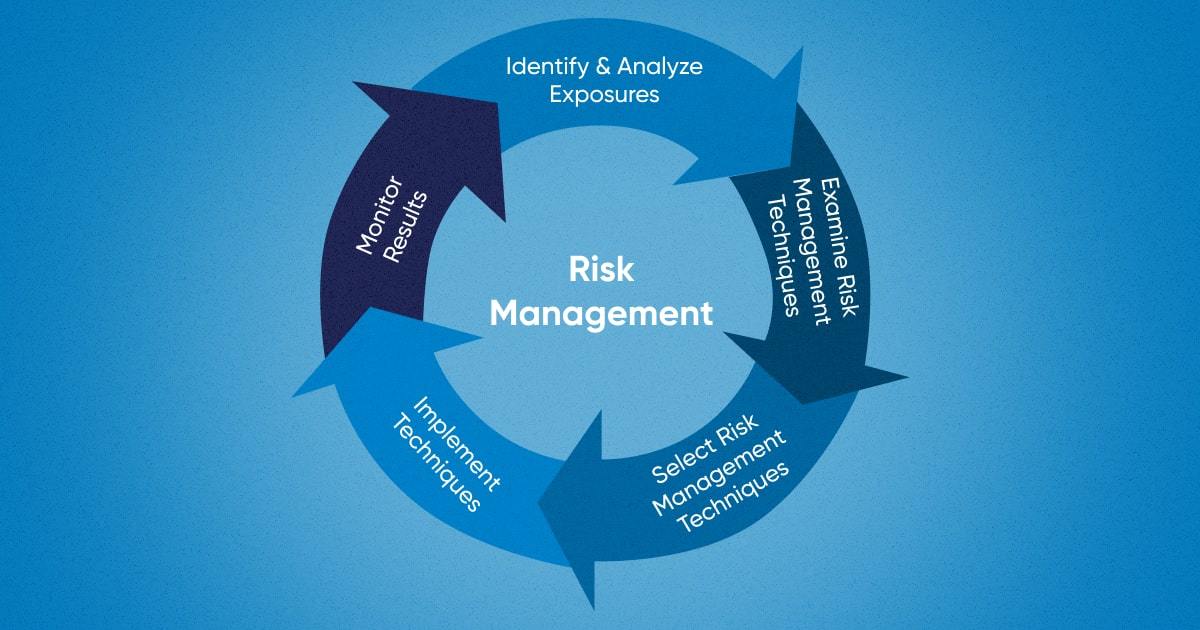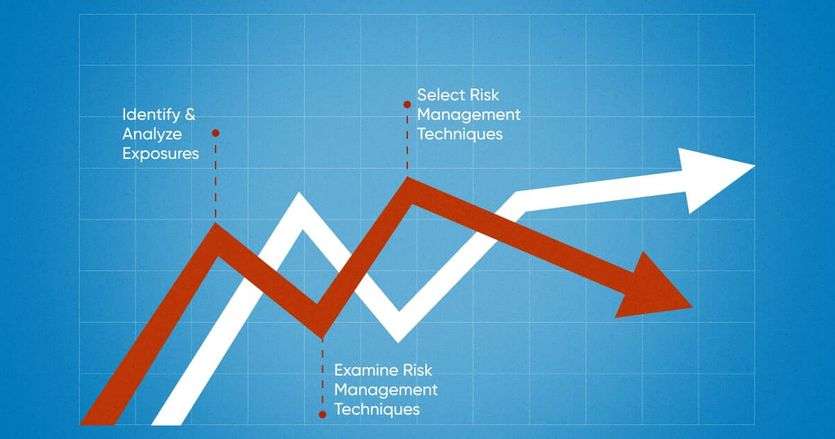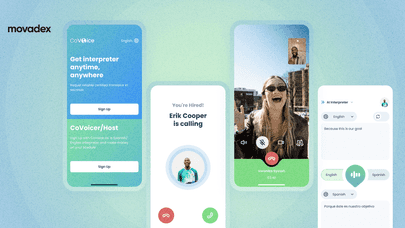Project risk management is the process of identifying, assessing, and controlling risks in a project. It is an essential aspect of project management that helps ensure the success of a project by minimizing the potential impact of risks. The following are some of the best practices for effective project risk management:
Define the project scope
Before beginning the risk management process, it is essential to define the scope of the project. This includes identifying the objectives, deliverables, constraints, and stakeholders involved. By doing so, you can ensure that all relevant risks are considered in the risk management process.
Identify risks
This involves identifying all potential risks that could impact the project, including those related to the project scope, schedule, budget, and resources. A risk identification tool, such as a risk register, can help you capture and organize risks effectively.
Assess risks
Once risks have been identified, they should be assessed in terms of their likelihood and impact. This helps prioritize risks, allowing you to focus your risk management efforts on those risks that pose the greatest threat to the project.
Develop a risk response plan
After assessing risks, you should develop a risk response plan for each risk that addresses how to mitigate, transfer, or accept the risk. This plan should be based on the results of the risk assessment and should include the necessary actions, resources, and contingencies.
Monitor and control risks
Risk management is not a one-time activity. It is an ongoing process that requires continuous monitoring and control of risks. You should regularly review the risk register and update it as necessary, as well as monitor the effectiveness of your risk response plan.
Involve stakeholders
Effective risk management requires the involvement of all stakeholders, including project team members, customers, and stakeholders. By involving stakeholders, you can ensure that all relevant perspectives are considered in the risk management process and that risks are effectively managed throughout the project.
Use software tools
There are various software tools available that can help you manage risks more effectively. These tools can automate many aspects of the risk management process, such as risk identification, assessment, and monitoring, making it easier and more efficient to manage risks.
Document and communicate risks
Documenting and communicating risks is an essential aspect of effective risk management. You should ensure that all risks are documented in the risk register, and that all stakeholders are aware of the risks and the risk response plan.
Continuously review and update risk management processes
As project conditions change, so should your risk management processes. You should continuously review and update your risk management processes to ensure that they remain relevant and effective.
 In conclusion, project risk management is a critical aspect of project management that requires a systematic approach. By following the best practices outlined above, you can ensure that risks are effectively managed and that your project is more likely to achieve success.
In conclusion, project risk management is a critical aspect of project management that requires a systematic approach. By following the best practices outlined above, you can ensure that risks are effectively managed and that your project is more likely to achieve success.




